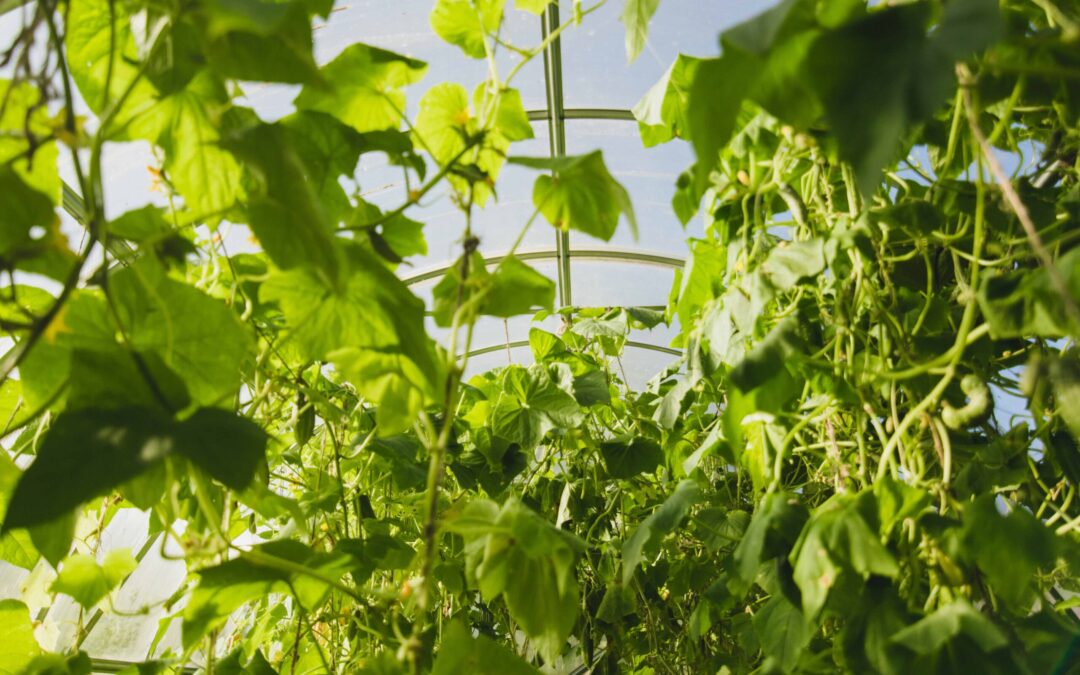I often ask myself the question, “What can we learn from other cultures of philanthropy that can inform the way we give today?” It’s a question borne out of curiosity about the way that philanthropy is practiced in different cultures and across different times in history, and it’s also rooted in the experience of living abroad and working in philanthropy in China for a time in my 20s and 30s, where I often heard the refrain “China has no cultural heritage of giving,” even from local experts. I think what these experts meant was that they didn’t see Chinese philanthropists following the specifically modern and Western forms of philanthropy. And yet examples of radical generosity and mutual support abounded all around me in those years, we just weren’t aware that those count as philanthropy, too.
I recently finished reading Tyrone McKinley Freeman’s excellent book, “Madam C.J. Walker’s Gospel of Giving: Black Women’s Philanthropy During Jim Crow,” which I highly recommend. In the book, Freeman describes in loving detail the life and times of a remarkable entrepreneur, mother, washerwoman, activist, philanthropist, “race woman,” and church lady, Madam C.J. Walker. Freeman is an associate professor of philanthropic studies at the Lilly School of Philanthropy and, borne out of his own experiences growing up himself in a rich Black church tradition as well as his academic expertise, Freeman describes the history, context, and influences on the woman who became America’s first female self-made millionaire with the loving care of a family member combined with the careful detail of a scholar.
I can’t do justice to the richness of all that Freeman covers, but will share some key takeaways that I have gathered from the book for my own giving and ways I think philanthropists today can and should learn from Madam Walker’s example:
- She didn’t wait to give. Before she became the successful businesswoman and entrepreneur she was, Madam Walker (nee Sarah Breedlove) was an orphan who eventually became a washerwoman in Vicksburg, Mississippi. Freeman describes in vivid detail the plentiful low-paid back-breaking work of being a laundress, and how, despite their poor working conditions, they were known for their generosity in their communities. “The black washerwoman’s sacrificial toil and unbound generosity made her the quintessential philanthropist among African Americans” at the time, he writes. In an early gift she made to a school before she made her fortune, she wrote to a friend describing her mindset: “I am unlike your white friends who have waited until they were rich and then help but have in proportion to my success, I have reached out and am helping others.” It’s so easy for us to point to economic uncertainty or even to others’ relative wealth to make a case for waiting it out until some point in the future where we can finally devote resources and time to giving. But Madam Walker certainly didn’t wait, and as Freeman so aptly puts it, “what Breedlove — and then Walker — had at any given time was more important than what she did not have.”
- She couldn’t do it alone. She learned and grew as an entrepreneur, activist, and philanthropist in a thick and interdependent community. One of my favorite parts of the book is when Freeman describes the incredibly rich history, rituals, federations, and community of the African Methodist Episcopal Church (AME) of which Madam Walker was deeply a part. Understanding the context during Jim Crow, in which vital community institutions like the AME church supported its members, helps the reader to appreciate how it was possible to find some measure of safety, support, and even thriving during that time due to the deeply interwoven network of relationships. These relationships were intensely proximate and practical, and Madam Walker especially benefited from learning from the many older Black women in the church in the ways they showed up to help one another, to uplift each other, and to fight for changes that benefited their neighborhoods. These Black women church groups were tremendous bases of power and strength. It was in the context of these relationships that she caught a vision for what her life could be, despite having nearly everything about her status as a widow of her time working against her. But it wasn’t only the women around her. She also had an incredibly loyal and forthright business manager, Freeman B. Ransom, who worked for her for decades on both her business and her giving.
One additional small factoid jumped out for me personally: the fact that Madam Walker likely had free childcare through an orphan home started by her church several days a week! When it comes to living generously, relationships and community matter so much. Where can we go in our fragmented and lonely age now for the kind of support, mentorship, and community that Madam Walker had? How can we overcome the American cultural headwinds of extreme — and isolating — independence and instead practice more interdependence? I see Madam Walker’s example as a call to proactively seek out others to learn from, not just intellectually or professionally, but in the course of “doing life” together. - Finally, she did not compartmentalize her work, her giving, her faith, or her activism. In our modern life, we have so easily fallen into dividing our lives into separate spheres, whether public and private, business and personal, and it’s refreshing to see just how interconnected Walker’s business was with her family, her church, and her community. Freeman also explains, “Black institutions — whether schools, businesses, fraternal lodges, churches, or service agencies in name — would have to serve multiple purposes in practice.” To be sure, she set clear and healthy boundaries (for instance, she never gave away her company’s products for free), yet she brought her values into every aspect of her life. Are our values for our giving also reflected in our work, in how we spend our leisure time, and how we show up in our family and communities? Her example reminds us all to approach our lives holistically, wherever possible. Practically speaking, this may mean asking deeper questions on what our values are (are they written down?) and whether there are areas where those values may not be as integrated or interwoven into our lives as they could be.
I found stepping into Madam C.J. Walker’s world to be deeply encouraging. If she was able to give generously with what she had, under the circumstances she faced, surely I can be doing more and looking for ways to give with the lens of deep community, interdependence, and intersectionality.
What’s more, Freeman so aptly writes, “One cannot study the history of African Americans without encountering their philanthropy; it is unfortunate that one can study the history of philanthropy without meaningfully encountering African Americans.” Madam C.J. Walker’s example widens the scope of the history of philanthropy in the U.S., from the prevailing story of the Rockefellers and Carnegies of her time to something quite different and no less important. I hope that our sector can continue to expand the stories we tell about who paved the way, as her example still has so much to teach us today.
Grace Nicolette is vice president, programming and external relations, at CEP and co-host of the Giving Done Right podcast. Follow her on Twitter at @GraceNicolette and find her on LinkedIn.

